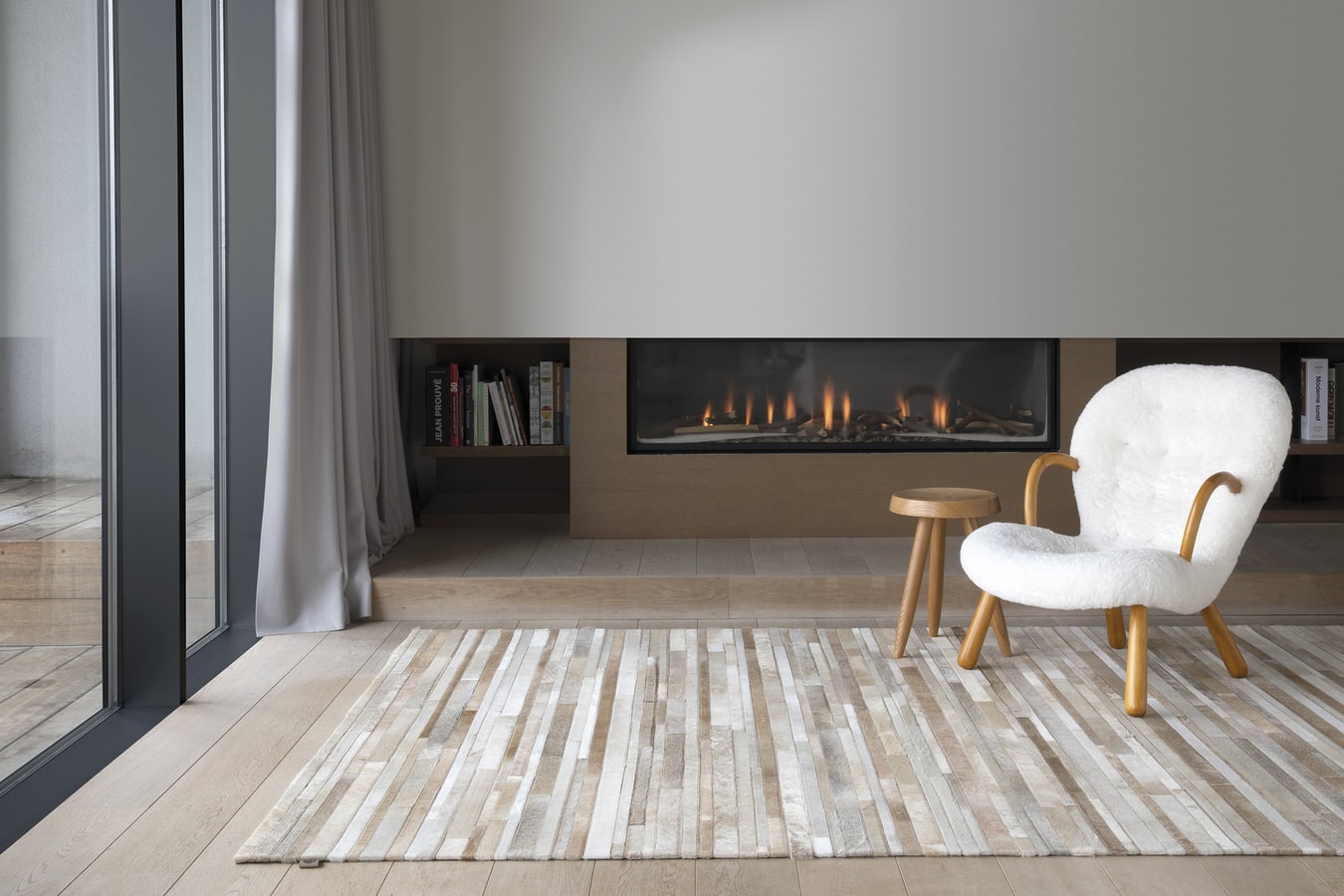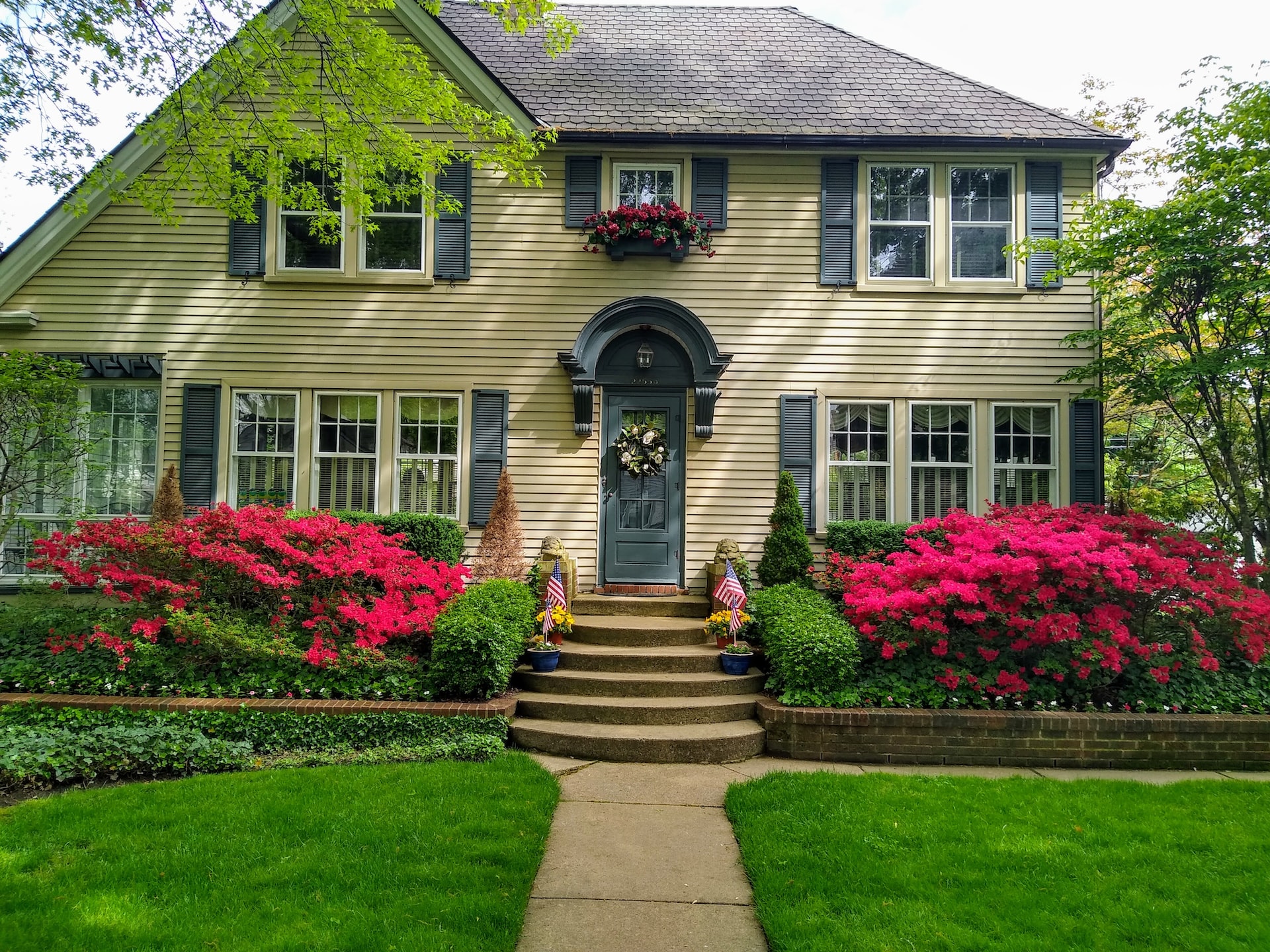When cornered between freezing your limbs off or turning up the thermostat, we can pretty much guess what you’d opt for. A sneak peek into your electricity bills will confirm our guess but you’ll probably be unable to see us sneaking into your house through your tears.
Most of us turn to their HVAC system for help when facing long and cold winters, but did you know that you have a plethora of other options – most of which are affordable and easy fixes? Since winter is right around the corner, let’s take a look at what the experts recommend you do to avoid breaking the bank.
Open Your Curtains On Sunny Days
We’ve learned in our science class back in school about how crucial the greenhouse effect is. In case you don’t remember anything from school; this effect describes how gasses are trapped on the earth’s surface thanks to the surrounding atmosphere. In doing so, the atmosphere preserves the heat energy on the earth’s surface, preventing it from escaping and freezing us to death.
Too much science for you so early in the morning? Forget what we said and just open your curtains when the sun comes out. The glass will allow heat from the sun to enter your house and trap it, raising the freezing room temperature. Alternatively, close the curtain when night falls to prevent the heat from escaping.
Reverse the Fans
Fans are lifesavers in the summer, but did you know that they can come to your aid in cold weather as well? Normally, the fan rotates counter clockwise, which pushes the cold air downward while sucking in the warmer air. By reversing the rotation direction, you will reverse the process, allowing the warmer air accumulating at the top of the room to be mixed with the colder air. The result is a more consistent temperature in your room throughout your cold days.
Insulate Your Attic
You have probably forgotten all about the attic until you’re forced to fetch something and experience the temperature drop first hand. Although you may not be willing to do a full attic makeover, you can simply fix this issue by insulating the attic walls. It will prevent the cold temperature from seeping into the rest of your house. On the plus side, you’ll have one more place to hide and have some peace of mind.
Seal Any Cracks
What’s even worse than a cold attic? It’s a cold house. A cold house where you keep freezing your limbs off despite turning up the heat, wrapping yourself in the gazillionth blanket, drinking steaming hot chocolate, and all the other heating efforts you can think of. If you keep finding your efforts are wasted, it’s worthwhile to check for any cracks or openings that may be letting in cold air. You can seal these cracks using hardening foam, which works great as an insulation material, too.
Install a Heat Pump
A traditional AC or HVAC system moderates your room temperature by taking feedback and working to cool down or heat the space. This process uses energy every step of the way to change the room’s heat, but what if you find a simple alternative? Instead of using an HVAC system, use a heat pump to pump the heat into or out of your room. This option provides a much more efficient and practical solution to moderating your room temperature throughout the year and not only during cold weather.
Cover Your Floors
A good carpet can do wonders for your feet, and we’re not only talking about the soft feeling. Avoid getting any toe-cramps during your next winter by investing in good carpets that will keep your feet warm and protected. On the plus side, the carpet adds more insulation to the floor, preventing the cold from seeping into your room. Some flooring options also offer noise isolation features, so make sure to explore your options. When you place carpets on your floors, you can warm faster and have a comfortable feel whenever you’re walking over them.
Evaluate Your Current Heating System
Do you need to keep turning up the heater and barely feel any change in room temperature? The chances are that your heating system probably needs maintenance. Generally, most appliances and electronics need regular maintenance to operate at maximum efficiency, so make sure to avoid any blockage in the air filters, air compressor, and functional issues with consistent maintenance.
While you’re at it, make sure to keep your vent registers open in unoccupied rooms. Closing the registers puts more load on the HVAC system, forcing it to work on overload and reducing its efficacy; this will wear it down faster.
Invest in a New Boiler
It’s worthwhile to check on your boiler during your maintenance checkup, too. It’s especially important if you have an old boiler that’s been around for as long as you can remember. Old boilers work at a much lower energy-efficiency, which means higher electricity bills for you. While investing in a new boiler can be a costly upfront payment, it will pay its dues and more over time. Newer boilers are up to 90% more efficient than older models.
Insulate Hot-Water Pipes
In extremely cold weather, you may wake up to a burst water pipe that’s been pushed beyond its limit due to freezing. To avoid this issue, make sure to insulate your water pipes with pipe sleeves, heat tape, or heat cables before the weather gets too cold. Even if the cold weather isn’t that terrible, it helps to insulate your hot-water pipes to minimize heat loss and reduce the energy needed by the pipes to reheat the water.
Invest in a Portable Heater
If all else fails, perhaps consider the idea of getting a portable heater to move alongside you wherever you go. Your options are diverse in this area, ranging from old traditional coil heaters to modern ethanol fireplaces.
Prepare diligently for your next winter so that you keep your savings and your health. Following these expert tips, you can take whatever works for you and modify your house accordingly. With that out of the way, what do you usually do to combat cold weather?






Leave A Comment